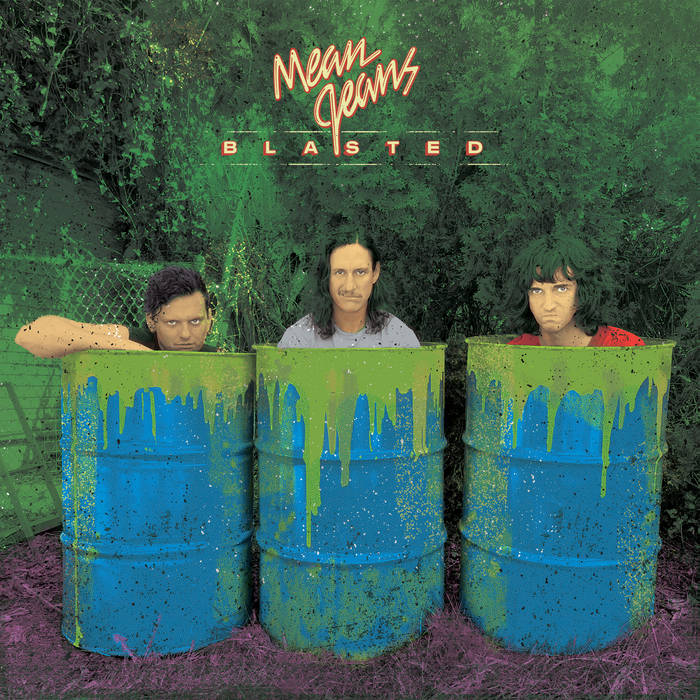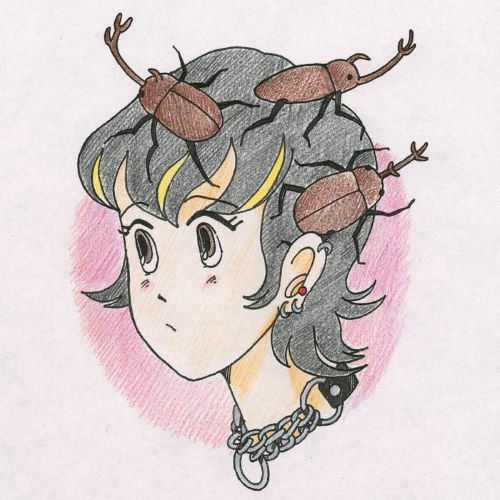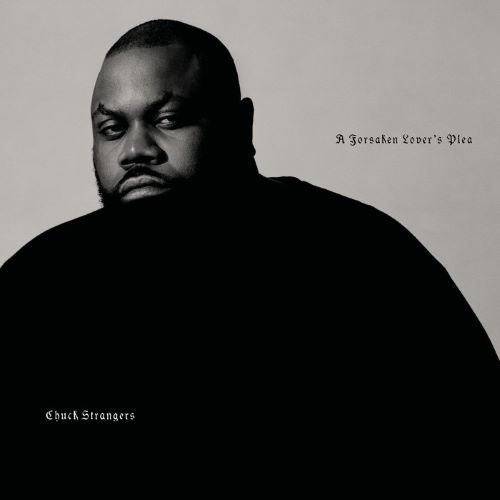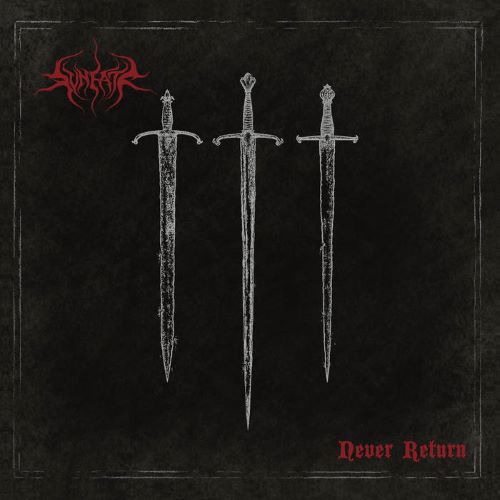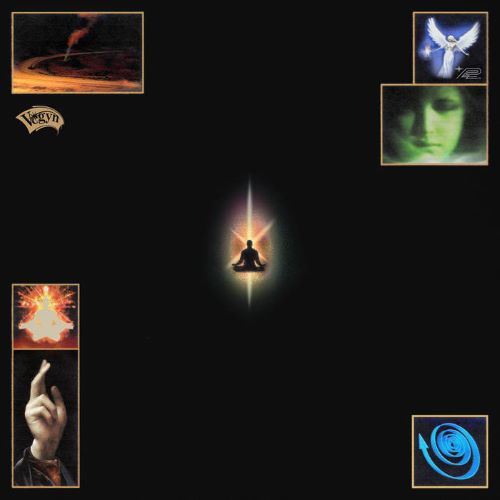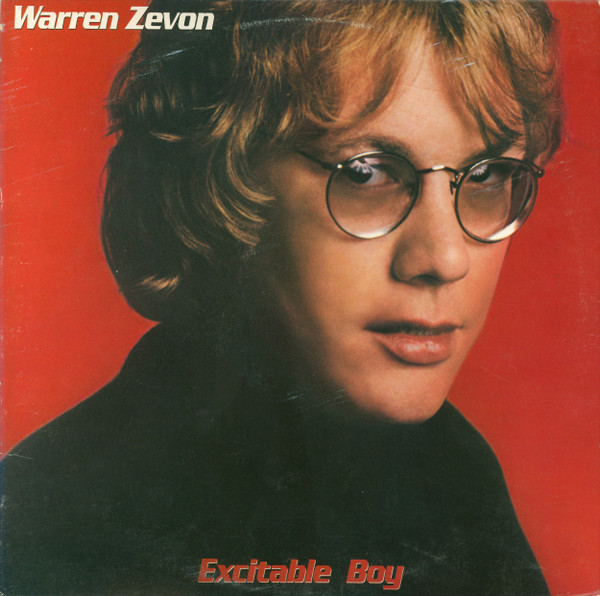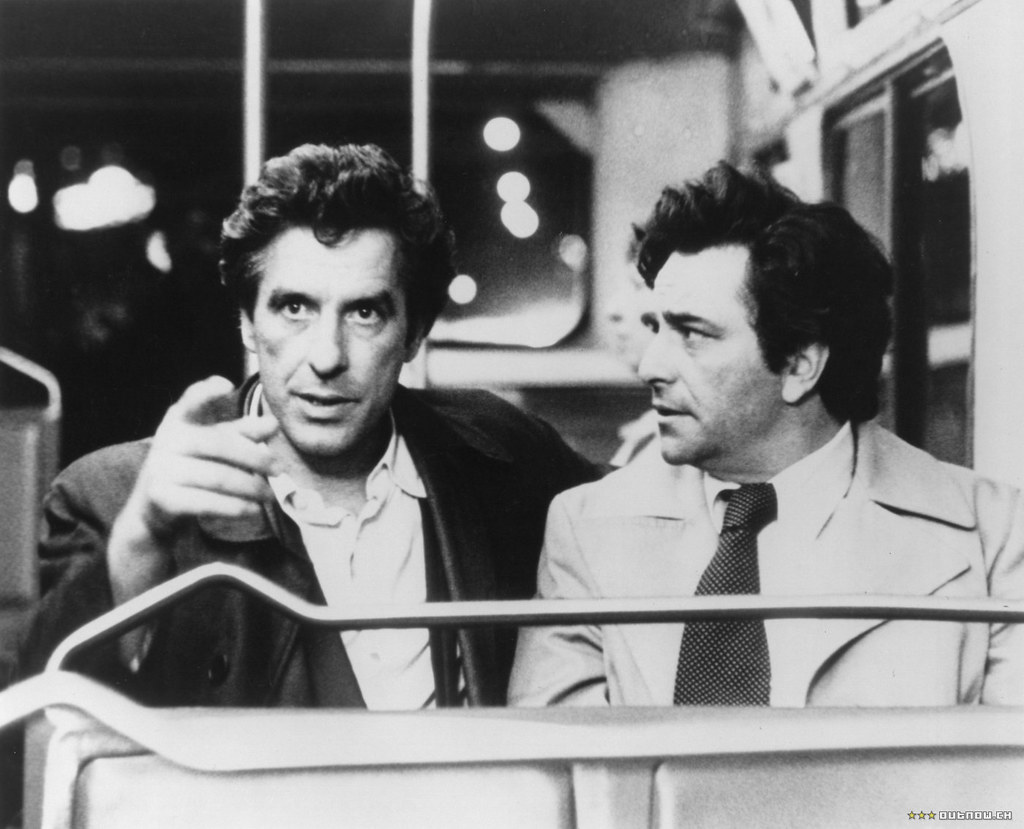“Death is Little More” by Boundaries, their third album, contains 33 straight minutes of pure insanity. With themes surrounding death, grief and rage, Boundaries delivered an unforgettable record.
Boundaries are a highly underrated band and I believe they will become big players in the scene. Frontman Matthew MacDougal’s harsh vocals will leave your skin crawling, yet constantly wanting more.If you want to hear some of the heaviest breakdowns of 2024, look into this 5-piece band from Connecticut. They are one to keep on your radar.
The album itself flows together smoothly from start to finish, adding to the experience of my first listen. Add unforgettable riffs, melodic elements, and a ferocious percussion, and you have “Death is Little More.” With featured vocals on the album from Marcus Vik (Invent Animate), Lochie Keogh (Alpha Wolf) and Matt Honeycutt (Kublai Khan TX), you know you are getting an AOTY contender.
My top-three tracks on the album are “Turning Hate Into Rage,” “Scars On A Soul” and “Blood Soaked Salvation (feat. Matt Honeycutt)”.
Upon first listen, the opening track, “Turning Hate Into Rage” immediately hooked me into the album. Opening with one of the heaviest tracks on the album was no mistake. It introduces the main theme that surrounds the album as a whole: rage.
The albums single, “Scars On A Soul” was top-tier. This song sounds like top-tier early 2000s metalcore with chaotic hardcore inspired breakdowns. Lyrically, it has to be my favorite.
“Blood Soaked Salvation,” features the vocalist Matt Honeycutt of the metal-core/death-core band, Kublai Khan TX. I was thrilled to hear how MacDougal and Honeycutt sound together on a track, and they did not disappoint. You can clearly hear the Kublai Khan TX influences, and mix that with Boundaries, you have an instant hit. Oh, and have I mentioned heavy breakdowns? This song takes the crown for that.
This album was a chaotic experience from start to finish, in the best way. I personally thought it would be difficult for them to top their previous album, “Burying Brightness.” Even with a shorter run-time, Boundaries did not disappoint. I will for sure be seeing them on this album’s tour cycle. They will be performing at Local 506 in Chapel Hill on June 2.


